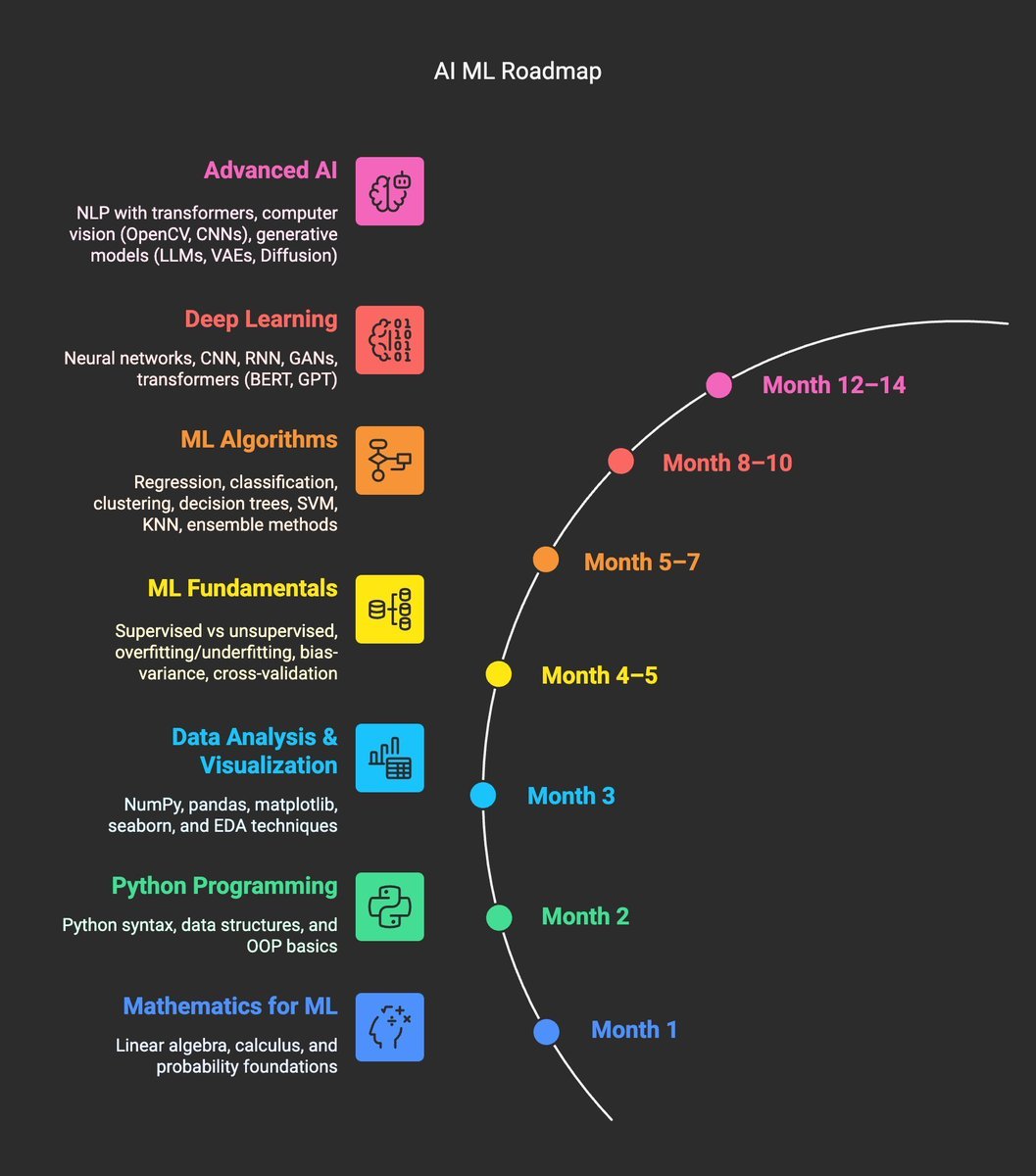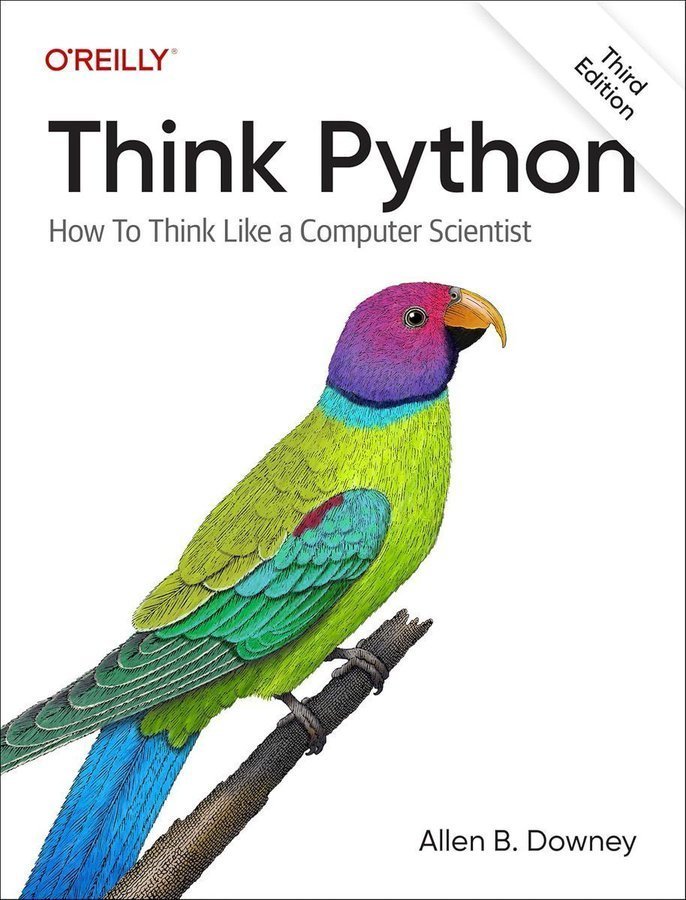25 super useful methods in JavaScript
⇩
⇩
💭 Why this thread?
❑ If you have just started learning JavaScript, you might have felt exhausted by seeing so many methods.
❒ If you are simply going through those methods without knowing their use cases, it's going to be tough for you later.
❑ Let's learn use cases.
❑ If you have just started learning JavaScript, you might have felt exhausted by seeing so many methods.
❒ If you are simply going through those methods without knowing their use cases, it's going to be tough for you later.
❑ Let's learn use cases.
📋 Table of Contents
❑ Array.prototype's
➊ forEach()
➋ map()
➌ reduce()
➍ every()
➎ filter()
➏ find()
➐ slice()
➑ splice()
➒ push()
➓ pop()
➊➊ shift()
➊➋ unshift()
➊➌ indexOf()
➊➍ findIndex()
➊➎ sort()
❑ Array.prototype's
➊ forEach()
➋ map()
➌ reduce()
➍ every()
➎ filter()
➏ find()
➐ slice()
➑ splice()
➒ push()
➓ pop()
➊➊ shift()
➊➋ unshift()
➊➌ indexOf()
➊➍ findIndex()
➊➎ sort()
❒ String.prototype's
➊➏ toLowerCase()
➊➐ toUpperCase()
➊➑ substring()
➊➒ indexOf()
20. charAt()
➋➊ trim()
❑ Math's
➋➋ floor()
➋➌ random()
❒ Global
➋➍ setTimeout()
➋➎ setInterval()
➊➏ toLowerCase()
➊➐ toUpperCase()
➊➑ substring()
➊➒ indexOf()
20. charAt()
➋➊ trim()
❑ Math's
➋➋ floor()
➋➌ random()
❒ Global
➋➍ setTimeout()
➋➎ setInterval()
➊ Array.prototype.forEach()
❍ Use Case
✔ To iterate through each element in the array
✔ Perform a task on each element
✘ Not suitable if task is supposed to return some value
✩✩ forEach() is also available in Set.prototype and Map.prototype
❍ Use Case
✔ To iterate through each element in the array
✔ Perform a task on each element
✘ Not suitable if task is supposed to return some value
✩✩ forEach() is also available in Set.prototype and Map.prototype

➋ Array.prototype. map()
❍ Use Case
✔ To iterate through each element in the array
✔ Perform a task on each element which returns a value
✔ Returns a new array with all returned values
✘ Not suitable if task doesn't return any value
❍ Use Case
✔ To iterate through each element in the array
✔ Perform a task on each element which returns a value
✔ Returns a new array with all returned values
✘ Not suitable if task doesn't return any value

➌ Array.prototype.reduce()
❍ Use Case
✔ To iterate through each element in the array
✔ Perform a task on each element which accumulates the previous returned value with current element to return a new value
❍ Example
➀ Sum of all items
➁ Max of all items
❍ Use Case
✔ To iterate through each element in the array
✔ Perform a task on each element which accumulates the previous returned value with current element to return a new value
❍ Example
➀ Sum of all items
➁ Max of all items

➍ Array.prototype.every()
❍ Use Case
✔ To iterate through elements in the array until a certain condition is not met
✔ The task performed on each element must return a boolean value
✘ Stops iterating when condition is not met. Hence, it's not suitable for skipping.
❍ Use Case
✔ To iterate through elements in the array until a certain condition is not met
✔ The task performed on each element must return a boolean value
✘ Stops iterating when condition is not met. Hence, it's not suitable for skipping.

➎ Array.prototype.filter()
➏ Array.prototype.find()
❍ Use Case
✔ To find element(s) which match a criteria
✔ Use find() to find the first matched element
✔ Use filter() to find all matched elements
✩✩ filter() returns a new array of matched elements
➏ Array.prototype.find()
❍ Use Case
✔ To find element(s) which match a criteria
✔ Use find() to find the first matched element
✔ Use filter() to find all matched elements
✩✩ filter() returns a new array of matched elements

➐ Array.prototype.slice()
❍ Use Case
✔ To fetch a sub-array from a larger array
✩✩ slice() returns a new array, doesn't modify the existing array
❍ Use Case
✔ To fetch a sub-array from a larger array
✩✩ slice() returns a new array, doesn't modify the existing array

➑ Array.prototype.splice()
❍ Use Case
✔ To replace a portion of the array with new elements
✩✩ splice() modifies the existing array
❍ Use Case
✔ To replace a portion of the array with new elements
✩✩ splice() modifies the existing array

Array.prototype's
➒ push()
➓ pop()
➊➊ shift()
➊➋ unshift()
❍ Use Case
✔ Use push() and pop() to insert/remove elements from the end
✔ Use shift() and unshift() to insert/remove elements from the start
✩✩ These methods modify the existing array
➒ push()
➓ pop()
➊➊ shift()
➊➋ unshift()
❍ Use Case
✔ Use push() and pop() to insert/remove elements from the end
✔ Use shift() and unshift() to insert/remove elements from the start
✩✩ These methods modify the existing array

Array.prototype's
➊➌ indexOf()
➊➍ findIndex()
❍ Use Case
✔ To find index of the first matched element
✔ indexOf() does exact match (===)
✔ findIndex() allows for custom match
➊➌ indexOf()
➊➍ findIndex()
❍ Use Case
✔ To find index of the first matched element
✔ indexOf() does exact match (===)
✔ findIndex() allows for custom match

➊➎ Array.prototype.sort()
❍ Use Case
✔ To sort all elements of an array in some order
✔ Provide a comparator to define custom order
✔ By default sorting order is lexical
✩✩ This method modifies the existing array
❍ Use Case
✔ To sort all elements of an array in some order
✔ Provide a comparator to define custom order
✔ By default sorting order is lexical
✩✩ This method modifies the existing array

String.prototype's
➊➏ toLowerCase()
➊➐ toUpperCase()
❍ Use Case
✔ To convert entire string to lowercase alphabets, use toLowerCase()
✔ To convert entire string to uppercase alphabets, use toLowerCase()
✩✩ These methods returns a new string
➊➏ toLowerCase()
➊➐ toUpperCase()
❍ Use Case
✔ To convert entire string to lowercase alphabets, use toLowerCase()
✔ To convert entire string to uppercase alphabets, use toLowerCase()
✩✩ These methods returns a new string

➊➑ String.prototype.substring()
❍ Use Case
✔ To fetch a part of the string between 2 indexes
✩✩ substring() returns a new string
❍ Use Case
✔ To fetch a part of the string between 2 indexes
✩✩ substring() returns a new string

➊➒ String.prototype.indexOf()
❍ Use Case
✔ To find the very first occurrence of a "substring" in the original string
✔ We can also mention from which index the occurrence should be checked
❍ Use Case
✔ To find the very first occurrence of a "substring" in the original string
✔ We can also mention from which index the occurrence should be checked

20. String.prototype.charAt()
❍ Use Case
✔ To fetch the character at a specific position of a string.
✔ The character fetched is in UTF-16 and returned as a string
❍ Use Case
✔ To fetch the character at a specific position of a string.
✔ The character fetched is in UTF-16 and returned as a string

➋➊ String.prototype.trim()
❍ Use Case
✔ To remove whitespace from both ends of a string
✩✩ trim() returns a new string
❍ Use Case
✔ To remove whitespace from both ends of a string
✩✩ trim() returns a new string

➋➌ Math.random()
❍ Use Case
✔ To get a floating point pseudo random number in the range of 0 to less than 1
✔ It can be multiplied by any number to make a random number being generated in the range of 0 to less than that number
❍ Use Case
✔ To get a floating point pseudo random number in the range of 0 to less than 1
✔ It can be multiplied by any number to make a random number being generated in the range of 0 to less than that number

➋➍ setTimeout()
❍ Use Case
✔ To execute a function or, piece of code after a timer expires
✔ The code is executed only for once.
✘ It is an asynchronous function. It shouldn't be used where pausing of execution is intended.
❍ Use Case
✔ To execute a function or, piece of code after a timer expires
✔ The code is executed only for once.
✘ It is an asynchronous function. It shouldn't be used where pausing of execution is intended.

➋➎ setInterval()
❍ Use Case
✔ To execute a function or, piece of code repeatedly with a fix time delay
✘ The code is ensured to be executed each time after the time delay. But not "exactly" after the time delay.
✩✩ Cancel further execution using clearInterval()
❍ Use Case
✔ To execute a function or, piece of code repeatedly with a fix time delay
✘ The code is ensured to be executed each time after the time delay. But not "exactly" after the time delay.
✩✩ Cancel further execution using clearInterval()

💭 Feedbacks
✧ I have picked 25 out of 100s of methods available. My focus was to show you a "learning method" which you may apply wherever you wish.
✧ Share your feedbacks on these. It would definitely help me to share better contents with you.
✧ I have picked 25 out of 100s of methods available. My focus was to show you a "learning method" which you may apply wherever you wish.
✧ Share your feedbacks on these. It would definitely help me to share better contents with you.
End of 🧵
If you are a new learner or, someone who finds difficulties in learning JavaScript, you have reached to right person here.
You may like to go through "JavaScript" & "JavaScript Infographics" moments to see what I share regularly.
To never miss any, Follow Me ✅
If you are a new learner or, someone who finds difficulties in learning JavaScript, you have reached to right person here.
You may like to go through "JavaScript" & "JavaScript Infographics" moments to see what I share regularly.
To never miss any, Follow Me ✅
• • •
Missing some Tweet in this thread? You can try to
force a refresh























